Welcome to the Detroit Red Wings Rebuild Role Models series where I’ve been analyzing NHL rebuilds that have either recently concluded or are still ongoing to learn any lessons available, both good and bad. The Red Wings are in the second stage of their rebuild, where teams must pull themselves out of the league’s basement and take real steps towards playing meaningful playoff games.
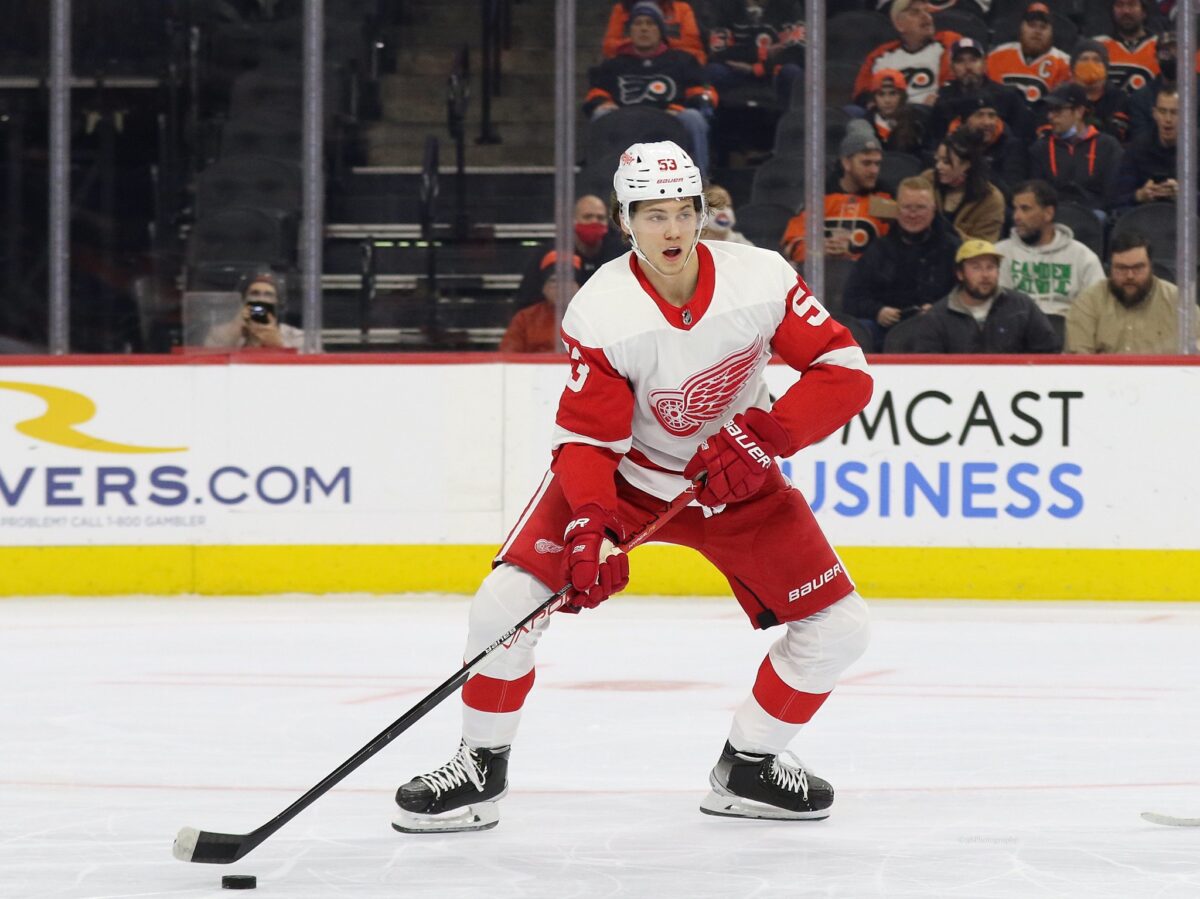
Through the first two instalments of this series, we have seen proof that not all rebuilds are built the same as the Los Angeles Kings performed a remarkably rapid rebuild in about three years’ time while the Buffalo Sabres have been struggling through one rebuild or another for over a decade. One team who has undergone arguably the most effective rebuild of the last 10 years is the Colorado Avalanche, who went from last place in the league to Stanley Cup Champions in the span of five years.
What decisions took them from bottom feeder to the dominant two-way team that we saw last season? In this article, I’ll cover the Avs’ excellent drafting, the value of signing young players long-term, the state of elite goaltending in the NHL, and the overwhelming value of cap space when making trades, all with an eye towards how the Red Wings could learn from the Avalanche’s success.
Avalanche Had Excellent Drafting
The Lesson
The Avalanche have an excellent track record when it comes to top-10 draft picks over the last 12 seasons or so. After an abysmal 2010-11 season which saw the team finish in 29th place in points, Colorado landed Gabriel Landeskog with the second overall pick. Following an excellent rookie season where he won the Calder Trophy as the NHL’s rookie of the year, Landeskog was named captain of the team, meaning the first major piece of the team’s 2021-22 championship was in place.
Once the team’s captain was selected, the Avalanche drafted a franchise cornerstone player every other year until 2019. The 2013 Draft saw the team win the first overall pick in the draft lottery, which they used to select franchise center, Nathan Mackinnon. In 2015, Colorado was picking 10th overall in a stacked draft class, and they chose Mikko Rantanen, a hulking Finnish winger who has excelled in the NHL.
After another two years, they finished the 2016-17 seasons with the second worst regular season point total since the NHL’s Salary Cap Era began in 2005 with 48, sitting 21 points behind the next worst team. However, the Avalanche lost the draft lottery this time, dropping to fourth overall, though I don’t think any fans have hard feelings since the team selected star defender Cale Makar in the 2017 Draft. Finally, the 2019 Draft saw Colorado add Bowen Byram to the team, a young defender who has suffered through some serious injuries but was excellent in their championship run last year.
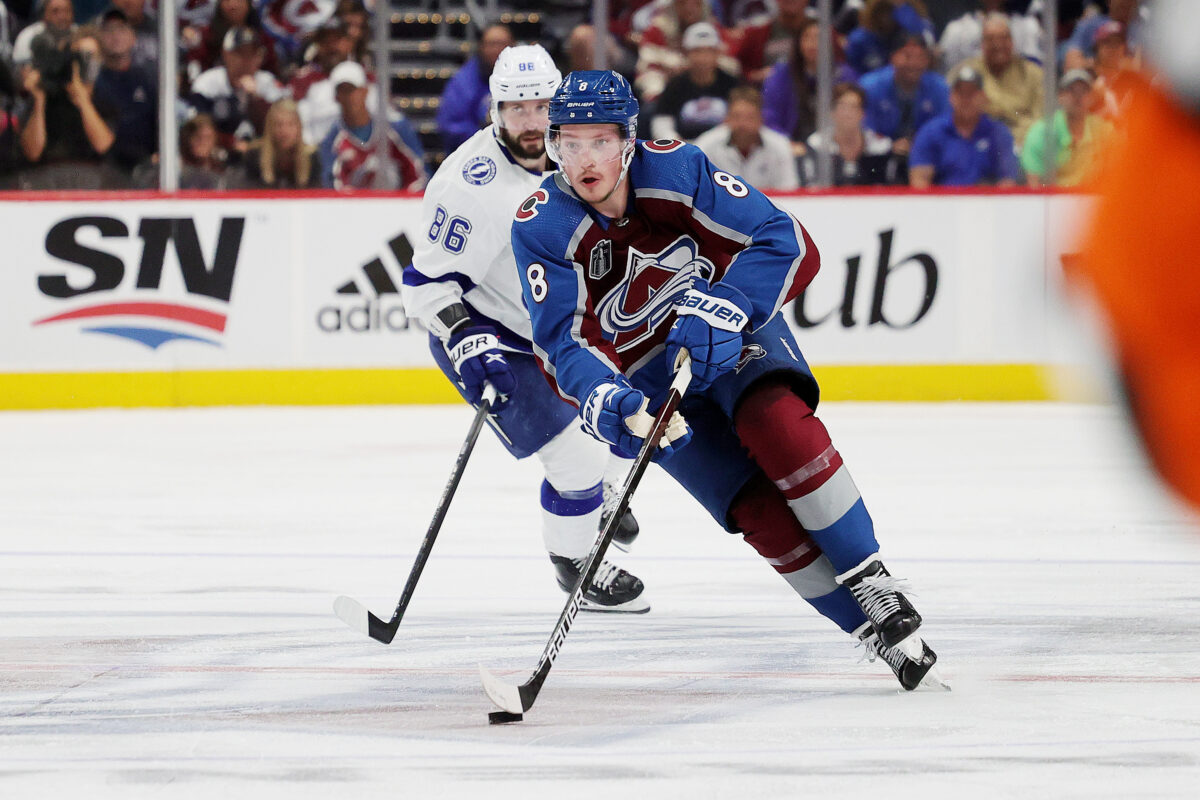
Though the team needed some luck to land the first overall pick that they used to add MacKinnon, they have largely stayed put or dropped in the draft lottery, an experience all too familiar to Red Wings fans. Over the last 12 years, the Avalanche have had six top-10 picks, and five of them were essential to their Stanley Cup victory, proving that it’s not always about how many top picks you get, but what you do with them.
Red Wings’ Route
The Red Wings’ drafting situation over the last decade or so mirrors that of the Avalanche in a few ways, primarily when it comes to drafting the team’s captain with a high pick and then getting elite performances out of your best young players. Dylan Larkin wasn’t a top-10 pick, but after being selected 15th overall in 2014, expectations were high for him to be a huge part of the team’s future. Despite a few less than stellar selections with their top picks in the 2017 and 2018 Drafts, the Red Wings got right back on track as soon as Steve Yzerman was brought in as the team’s general manager.
Moritz Seider, the NHL’s reigning Rookie of the Year, was selected sixth overall in 2019 after the team dropped two spots in the Draft Lottery. Detroit fans can relate to dropping in the lottery after an abysmal season because the only team in the salary cap era with a lower regular season point total than the 2016-17 Avalanche was the 2019-20 Red Wings. After dropping to the fourth pick in the 2020 Draft, the team added Lucas Raymond, who also made an immediate impact upon arriving in the NHL.
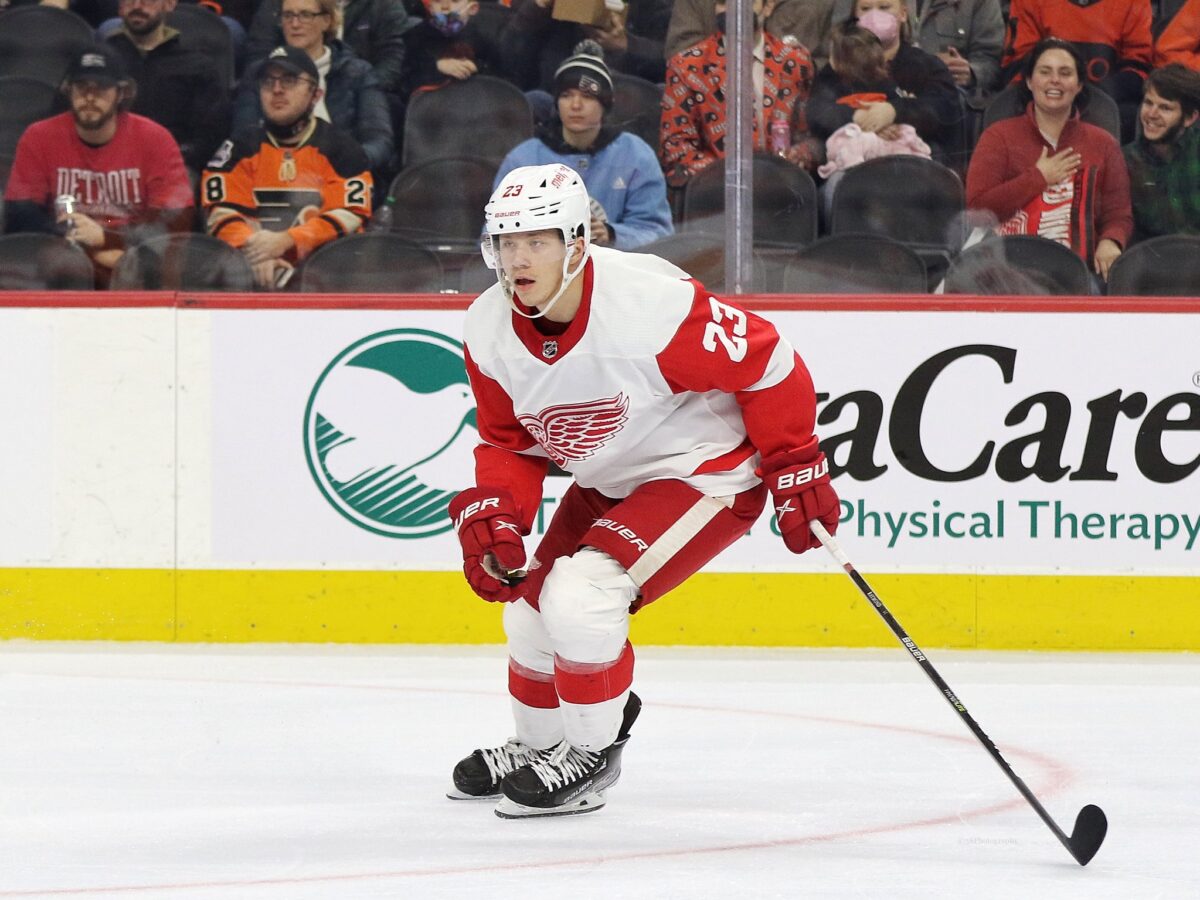
The team’s sixth overall pick in the 2021 Draft, defenseman Simon Edvinsson, is nearing his NHL debut, with a realistic chance of making the team’s opening night roster. If he continues to trend in the right direction, and the Wings’ 2022 first-rounder Marco Kasper does as well, then Detroit will have built their nucleus of elite players who could one day bring the Stanley Cup back to Hockey Town.
Red Wings Must Avoid Bridge Deals with Young Stars
The Lesson
The “Bridge Deal” has become very popular around the NHL recently, where young players fresh off their Entry-Level Contract (ELC) opt to sign a new contract for 2-4 years rather than signing long-term. This has given players more control over their future (see the Matthew Tkachuk situation in Calgary) and often leads to NHL teams missing out on some significant value. None of the Avalanche’s success over the last few years would be possible without the incredible bargain that is MacKinnon’s long-term contract.
In the summer before the 2016-17 season, Avalanche GM Joe Sakic signed MacKinnon to a seven-year deal worth an average of $6.3 million per season. Some people called this an overpay for a young player who seemed to have peaked in his rookie year. The first year of the contract made such complaints seem a bit more valid, as he only scored 53 points in 82 games. What came next was exactly what Sakic counted on: MacKinnon became a star.
Over the last five seasons, MacKinnon has scored 442 points in only 338 games, a per-game rate of 1.31 points per game. This contract has been talked about as the most valuable deal in the NHL for several years now and there is still one more year remaining. MacKinnon is easily worth more than $10 million at this point in his career, so having him on your team at a significant discount has provided the team with a lot of cap flexibility.
They didn’t stop there, signing Rantanen to a six-year deal worth $9.25 million as soon as his ELC ended, a deal that’s value will continue to appreciate over its final three years. The final example of this occurred just last summer when the Avalanche extended their star defender Makar for six years for $9 million per year. As soon as MacKinnon gets his well-deserved raise, I expect the title of the NHL’s best contract to go to Makar, who Colorado still has for another five seasons at a reasonable cap hit for such a transcendent talent. Makar won the Norris Trophy as the NHL’s best defenseman last season, as well as winning the Conn Smyth Trophy as the Stanley Cup playoffs MVP.
Red Wings’ Route
This is a lesson that many teams could benefit from learning, though the Red Wings are uniquely positioned to benefit by extending their young players long-term. Raymond and Seider will need new contracts before the start of the 2024-25 season, so a large chunk of the team’s future cap space has likely already been earmarked for that very purpose.
If Detroit can extend these young stars, as well as Edvinsson when his ELC ends, to long-term extensions (six-eight years) with manageable cap hits, then they will have gone a long way to lock up their core for their best seasons while not giving up all their cap flexibility in the process. Another valuable step towards cap certainty and flexibility is setting an internal cap structure with the contract extension for Larkin that is likely to come soon.
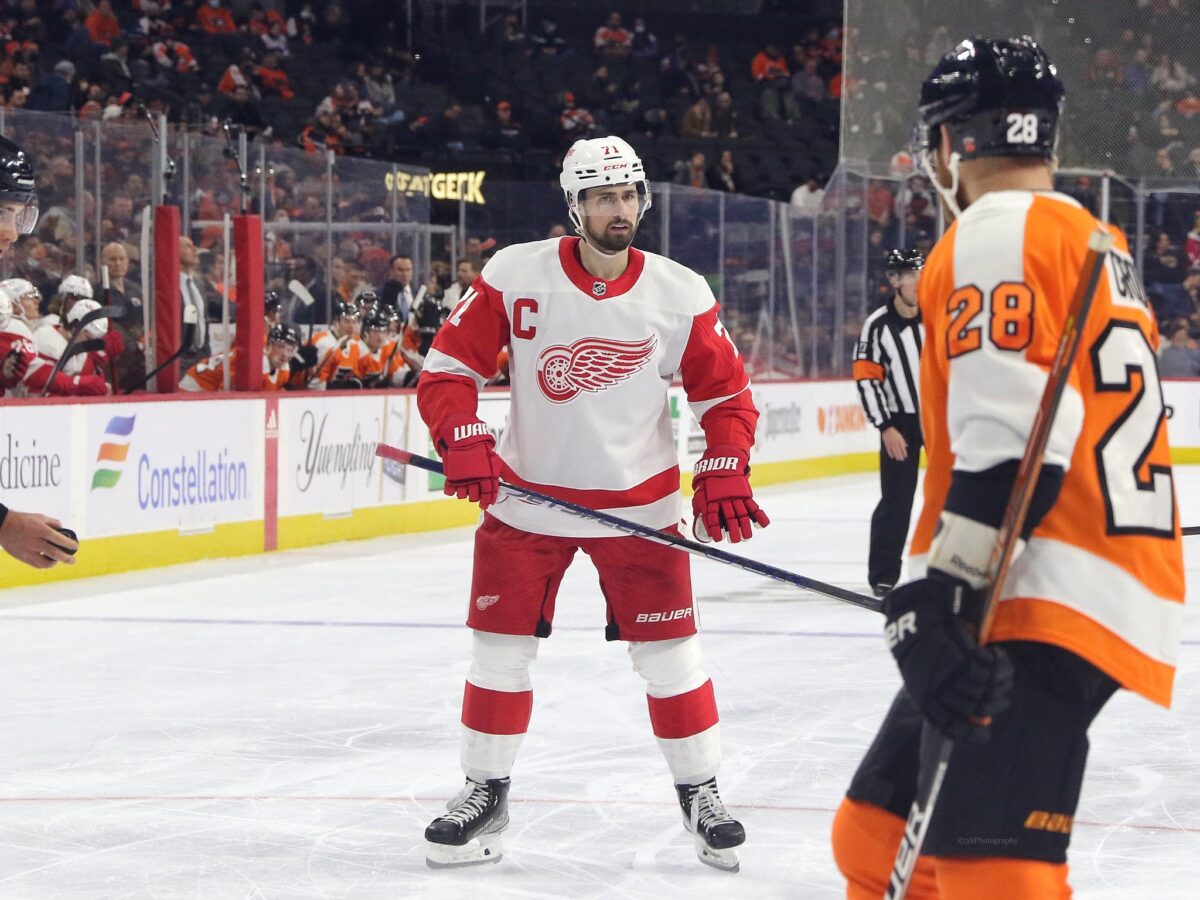
Larkin has earned a significant raise, but getting him at a manageable cap hit could go a long way in negotiating future contracts with other players. If we assume that the cap hit on his extension lands somewhere in the $7.5-8.5 million per year range, then it will be tough for other players on the team to argue with management that they deserve more than him, the team’s leader on and off the ice. If the Red Wings can use Larkin’s new deal as the upper limit on new contracts for the next few years with the flat cap they could save significant cap space.
Several of the Red Wings’ signings in this year’s free agency were comforting because they showed that the team understands how much cap space they will need in the Summer of 2024. David Perron, Dominik Kubalik, and Olli Määttä all signed deals that will expire before Seider and Raymond will need new deals, which represent at least $10 million that can be re-allocated to re-sign their stars, who would likely command a combined total of $15-20 million per season.
Goaltending Isn’t Everything . . . Unless It Is
The Lesson
By winning the Stanley Cup with Darcy Kuemper and Pavel Francouz as their goaltending tandem, the Avalanche proved that goaltending isn’t everything unless you have an absolutely elite goaltender. Tampa Bay Lightning goalie Andrei Vasilevskiy changes the outlook of every game he is a part of and always gives his team the chance to win. The New York Rangers have a similar situation with Igor Shesterkin, who had a phenomenal season last year. Yes, a great goaltender can win games that your team had no business winning.
However, goaltending is so volatile in the NHL as the list of goalies who can be counted on to perform at an elite level every season has become very short, featuring Vasilevskiy, Shesterkin, as well as some honourable mentions in Thatcher Demko (Vancouver Canucks), Ilya Sorokin (New York Islanders), and Juuse Saros (Nashville Predators).
Calgary Flames goaltender Jacob Markstrom is an excellent example of the unpredictability of goaltending in the NHL. He had an excellent 2019-20 season in Vancouver that priced him out of the city, instead leaving for Calgary in free agency. Markstrom followed up his great year with a rough debut with the Flames, which was then followed by his career-best year in 2021-22, which earned him a nomination for the Vezina Trophy.
Goaltending is incredibly unpredictable, and the Avalanche discovered that if you don’t have an elite goaltender, you can just build an excellent team around a good goaltender and still find success.
Red Wings’ Route
This should be encouraging for Red Wings fans who look at the current tandem of Alex Nedeljkovic and Ville Husso and don’t see an elite goalie. Husso was excellent last year behind a St. Louis Blues team that was great defensively, and Nedeljkovic had a similar breakout year with the Carolina Hurricanes the season prior. With the improvements made this summer to the Red Wings’ team defense, I expect both goalies to play at a good starting goaltender level, meaning they will combine to form a formidable tandem.
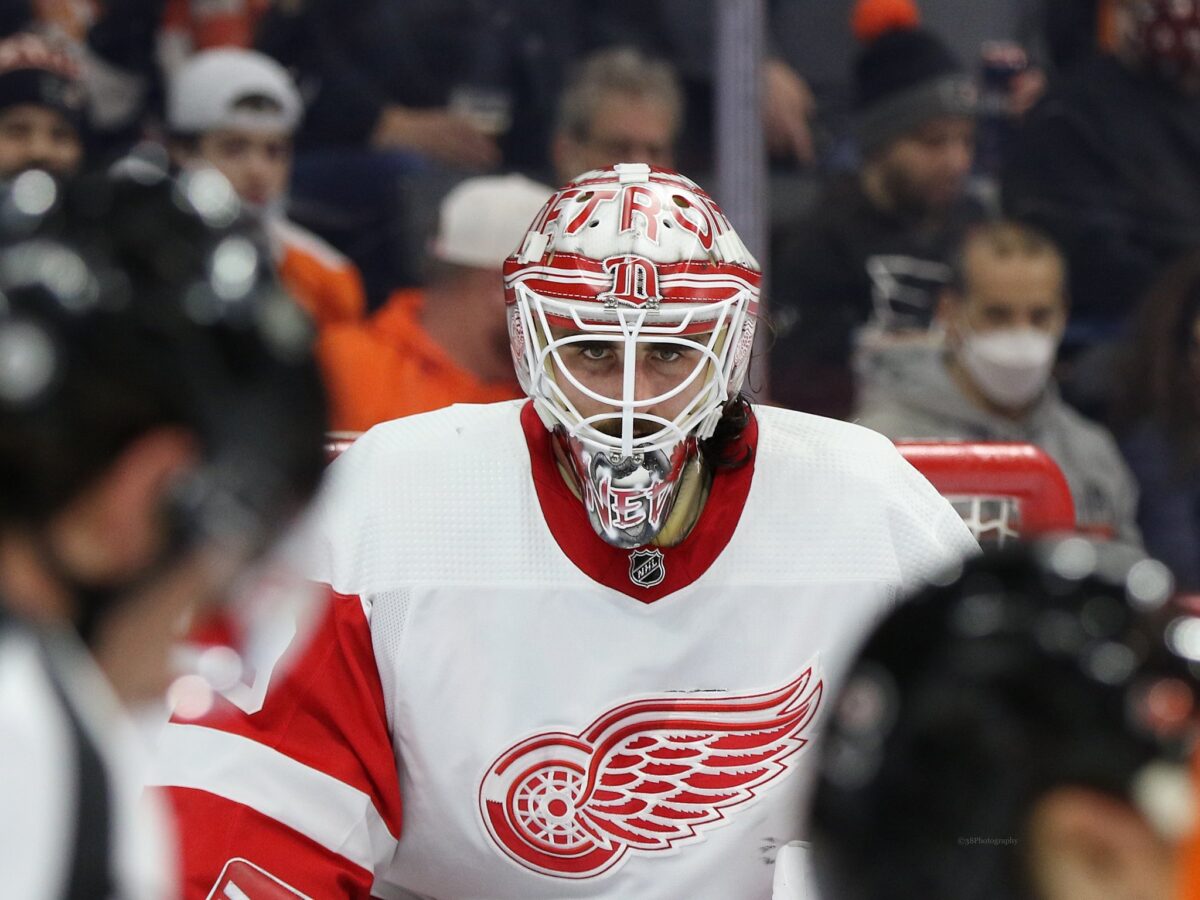
This lesson also helps reduce the pressure for Detroit’s top goalie prospect, Sebastian Cossa, to become a dominant NHL goalie. His development since being drafted 15th overall in the 2021 Draft has been a little up-and-down, though he is still extremely talented and has plenty of runway to become the goalie that the Red Wings drafted him to be. Good starting goalies are typically hard to come by in the NHL, so if he can at least clear that bar, Cossa will be a valuable piece for this team.
Avalanche Lucked Into an Excellent Trade or Two
The Lesson
Having the awareness in trade talks and the cap space to facilitate a trade when you luck into a great deal is huge. The wildest example of this in recent memory is certainly the Devon Toews trade which saw the New York Islanders trade their budding star defender for two second-round picks. The deal was viewed by most as a steal for Sakic and the Avs when it was first announced, but now it looks like highway robbery.
Toews has become an elite two-way defenseman who is one-half of the most dominant d-pairing in the NHL alongside Makar. He was traded as a pending unrestricted free agent (UFA) and was signed to a four-year deal worth $4.1 million per year by the Avalanche, which has become one of the biggest bargain contracts in the NHL in the two years since.
Keeping your eyes and cap space open often gives you a better chance at making great deals like this for players, who aren’t wanted by their current team, much like the trade that the Seattle Kraken made for Oliver Bjorkstrand this summer, only giving up only two mid-round picks in return to the Columbus Blue Jackets.
Red Wings’ Route
I don’t think it’s sensationalist of me to say that cap space is more valuable right now than ever before. The Bjorkstrand trade was a result of the Blue Jackets’ lack of cap space, but that is just one of many difficult decisions made by NHL front offices this offseason that were necessitated by the cap crunch.
The Florida Panthers knew they couldn’t accommodate the cost of the contract extensions they would need to give to Jonathan Huberdeau and MacKenzie Weegar, so they were traded to the Calgary Flames for Matthew Tkachuk. The trade market has been so warped by the flat salary cap that good players like Max Pacioretty somehow have negative trade value. The Vegas Golden Knights didn’t just trade him to the Hurricanes for future considerations, they had to sweeten the deal even further by including defenseman Dylan Coghlan.
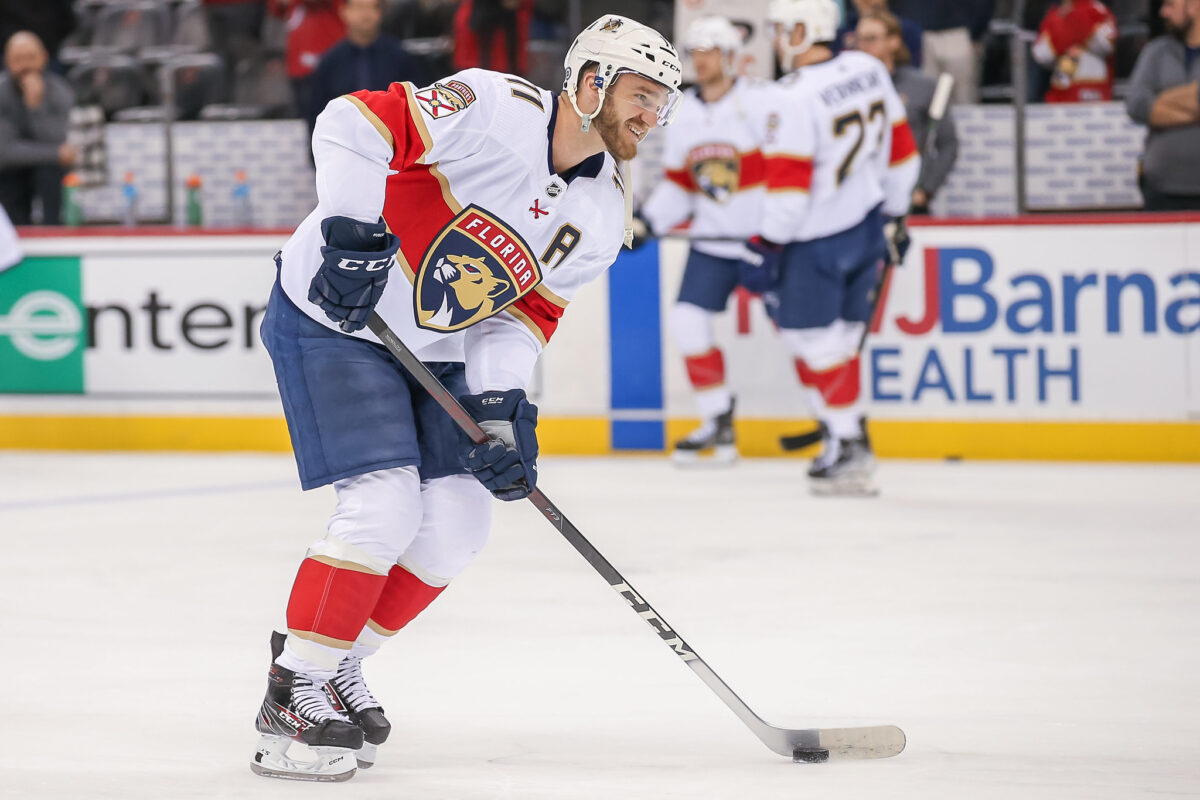
The Red Wings currently have just over $9 million in cap space with only Filip Zadina left to sign. If we set aside about $2 million of that space for him on a short-term deal, then the team has roughly $7 million in space remaining to do with as they please. I believe there are many good players around the NHL who would be available for the low-low price of helping another team clear some cap space.
What Can Detroit Learn From Colorado?
The Avalanche have built a dominant team, through drafting well with their first-round picks as well as savvy moves on the trade market. By drafting and trading so well, the Avalanche’s management team found a way to build a championship-winning team, despite losing their starting goalie Phillip Grubauer to free agency last offseason
Most rebuilding teams need to build their core of young players through the draft while they’re bad, but they often aren’t good enough at working the trade or free agent markets to turn their strong, young core into a consistent championship contender. The Red Wings seem to have gathered most of the pieces of their core and are entering the phase of the rebuild, which will require some bold moves to make sure that the team will be competitive for years to come.
I, for one, am very excited to see what progress the team shows this Fall after taking a clear step forward in free agency. Hopefully, they have learned from the Avalanche and are on their way to becoming contenders of their own.
What do you think the Red Wings should do with their extra cap space? Is there a cap-strapped team that you’d like to see them pry a good player away from? How much cap space will Seider and Raymond take up on their extensions? Sound off in the comment section below!